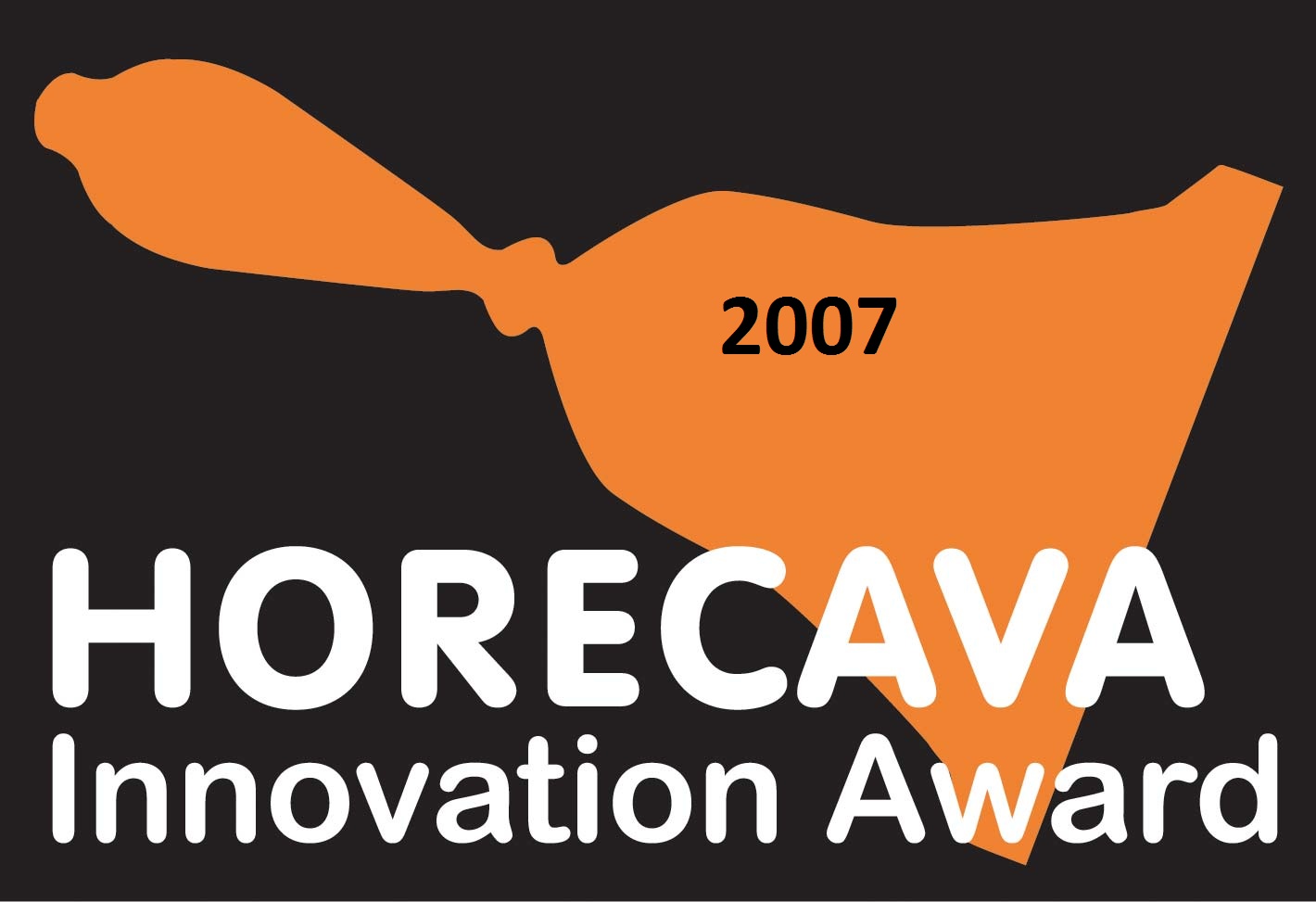Questions Frying Insert Basket
JUIST NU DOOR TORENHOGE ENERGIEPRIJZEN, BESPAAR MET DE FRITUURMAND-FILTER VEEL GELD!!
Read the frequently asked questions with the corresponding answers here. We hope this will provide you with as much relevant information as possible to provide you with clarity about the Frying Insert Basket for your catering company..
The biggest savings are observed in the fast-food sector (snack bar, cafeteria, etc.).
In quiet periods in the afternoon or after a rush hour, these establishments can turn off a deep fryer, whereby snacks and fries can still be fried together in 1 fryer with 2 baskets, (1 basket with Frying Insert Basket (FIB) for snacks and 1 basket without FIB for the fries). Of course do not use in the presence of gluten.
A giant saving on energy/oil because the 2nd oven is now also turned off.
There are examples of companies that have saved between € 1000 and € 2300 on their energy bill. (This is net money, you have to turnover double).
But of course, every company saves on oils and fats and other benefits.
The so-called black dirt or black burnt crumbs that swim at the bottom of your deep fryer and keep burning over and over again, are for 80% no longer in there, resulting in faster cleaning of the bottom or fryer, frying baskets remain cleaner because frying residue now stays behind in the FIB, and this was already removed at an early stage before it was burnt.
Your frying system will stay much cleaner and will last longer, when you replace new oil/fat you will be done much faster. (time is money).
Carefully remove the stainless steel clamps from the corners, and gently and vertically remove the Frying Insert Basket (FIB) from your own frying basket, to make sure you damage the corners as little as possible.
This extends the lifespan of the unique Frying Insert Basket (FIB).
The Frying Insert Basket (FIB) must absolutely never be cleaned in the dishwasher or with other chemicals.
Only clean the frying basket if it is necessary (e.g. a snack that has gone rogue), this extends the lifespan.
To clean, only rinse under the warm water tap, let it dry thoroughly and then put it back in the basket.
The unique Frying Insert Basket (FIB) is made of a glass fabric with a Teflon coating. Material that has been specially developed for the food industry (FDA FoodProof).
We all know the Teflon coating from the Tefal pan, the well-known non-stick coating.
This also prevents frying residues from sticking to the frying basket and can therefore be removed quickly and easily.
The Frying Insert Basket (FIB) can be heated up to a temperature of 280 Celsius (frying fat burns from 210 °C).
A cold zone in a deep fryer is not a big deal.
After all, the burning of the pollution starts at the top of the frying fat. (the well-known foaming).
Example: From breaded snacks, a lot of breadcrumbs fall off that go through your basket and are frying at the top of the oil to the point that they burn, only after they are burnt do they sink to the bottom.
SO: if the crumb is in the cold zone, the burning process has already taken place, and your oils or fats have already been affected.
With the unique Frying Insert Basket (FIB) you remove the crumb before it starts to burn.
Try to remove the contamination regularly, preferably after every use.
The easiest way is to remove the crumbs with a simple tablespoon (this spoon is near your oven).
Another way is to tap your frying basket with our basket clean out over a waste bin, for example, or wipe the crumbs from the basket with a paper towel.
Attention, do not use sharp objects.
A Frying Insert Basket (FIB) lasts an average of 1700 burning hours, which is equivalent to frying 10 hours a day for six months in a cafeteria, for example.
For someone who deep-fries less it will of course last longer.



